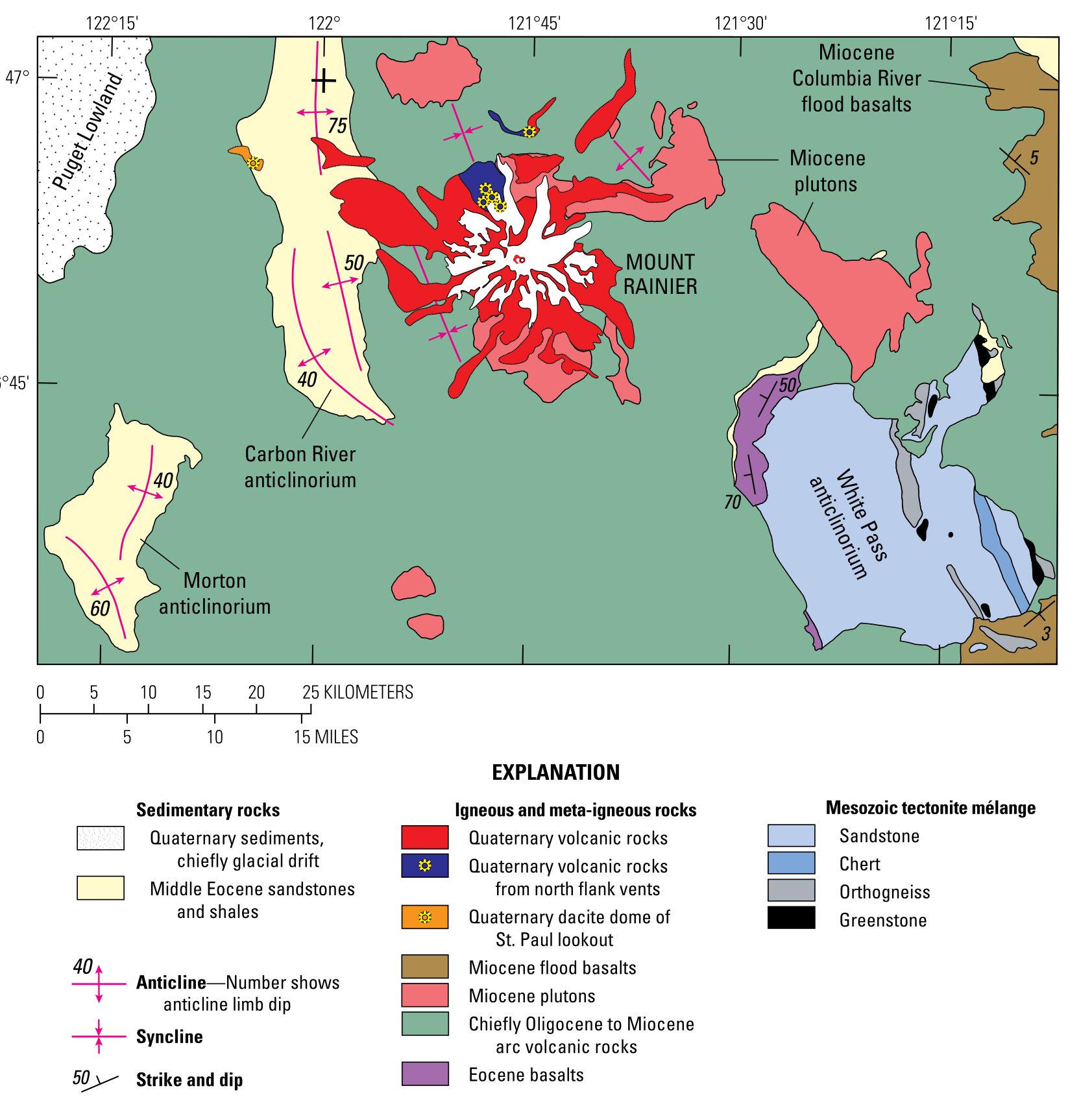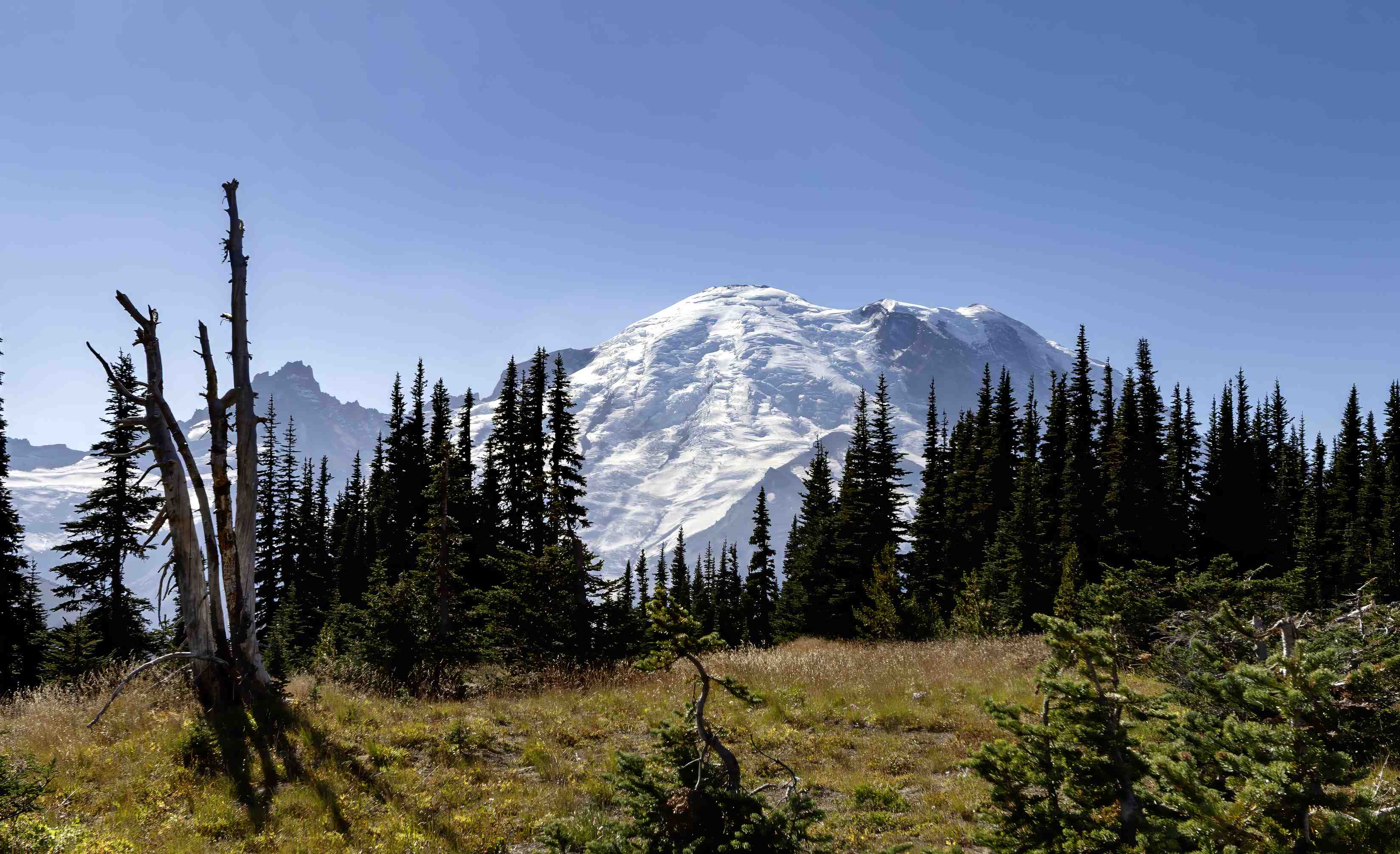Mount Rainier snow melt is a complex process influenced by elevation, seasonal changes, and climate trends. This natural phenomenon significantly impacts trail accessibility, water levels in streams and rivers, and the overall ecosystem of Mount Rainier National Park. Understanding the timing and effects of snow melt is crucial for visitors planning trips, researchers studying climate change, and park managers maintaining the area’s delicate balance.
What is the Average Timing of Snow Melt at Mount Rainier?

The snow melt process at Mount Rainier follows a predictable yet variable pattern:
- Lower Elevations: Snow melt begins in March and April.
- Higher Elevations: Significant melting occurs later, often extending into summer.
- 5,000 to 8,000 feet: Snow can persist until mid-July.
- Snow-free Period: Typically from mid-July through late September.
Temperature plays a crucial role in the melting process:
- July and August are the warmest months, with temperatures in the 60s and 70s Fahrenheit.
- These warmer temperatures accelerate snow melt, especially at higher elevations.
- Even during summer, cool temperatures and rain can occur, affecting the melting rate.
How Does Snow Melt Impact Trail Accessibility?

The timing of snow melt directly influences when and how visitors can access Mount Rainier’s trails:
- Early Spring:
- Trails are often muddy
- Snowy patches may persist, even when trailheads appear clear
-
Waterproof boots with good traction are essential
-
Late Spring to Early Summer:
- Higher elevation trails, especially around Paradise, remain snowy
-
Accessibility gradually improves as snow melts
-
Mid-July to Late September:
- Most trails become fully accessible
- This period offers the best hiking conditions
| Elevation | Typical Snow-Free Period |
|---|---|
| Low | April – October |
| Mid | June – September |
| High | July – Early September |
Hikers should always check current trail conditions before setting out, as lingering snow and mud can make some paths challenging even during the peak season.
What Effect Does Snow Melt Have on Water Levels in Streams and Rivers?
The snow melt process significantly impacts the water systems around Mount Rainier:
- Peak Flow: Late spring to early summer sees the highest water levels in streams and rivers.
- Source: Melting snow and glaciers contribute to increased water flow.
- Hiking Implications:
- Stream crossings become more challenging
- Trail stability near waterways may be affected
- Hikers need to exercise caution and stay informed about current conditions
How Has Climate Change Affected Snow Melt Patterns at Mount Rainier?
Climate change has had a noticeable impact on Mount Rainier’s snow and ice:
- Glacial Area Reduction:
- 1895: Approximately 130 km²
- Present Day: About 75 km²
-
Most significant loss occurred between 1895 and 1970
-
Recent Trends:
- Accelerated ice loss since 1990
- Smaller glaciers below 10,000 feet are particularly vulnerable
-
Some glaciers retreat 3 to 6 feet per day in summer
-
Environmental Consequences:
- Exposure of loose sediment
- Increased risk of outburst floods and debris flows
- Alterations to local ecosystems and habitats
What Are the Best Times to Visit Mount Rainier Based on Snow Melt Patterns?
Choosing the best time to visit Mount Rainier depends on your interests and the activities you plan to enjoy:
- Spring (April – May):
- Witness the beginning of snow melt
- Enjoy wildflower blooms at lower elevations
-
Be prepared for muddy trails and limited high-elevation access
-
Early Summer (June – Early July):
- Experience the contrast of melting snow and emerging vegetation
- Ideal for photography as snow remains on peaks while lower areas green up
-
Some high-elevation trails may still be snow-covered
-
Mid to Late Summer (Mid-July – August):
- Peak hiking season with most trails accessible
- Warmest temperatures and clearest skies
-
Best time for summit attempts and extensive backcountry trips
-
Early Fall (September):
- Cooler temperatures and changing foliage
- Less crowded trails
- Possibility of early snow at higher elevations
| Season | Pros | Cons |
|---|---|---|
| Spring | Wildflowers, fewer crowds | Limited trail access, unpredictable weather |
| Early Summer | Snow-capped peaks, emerging vegetation | Some high trails still snow-covered |
| Mid-Late Summer | Full trail access, warm weather | Crowded, potential for wildfires |
| Early Fall | Fall colors, fewer crowds | Cooler temperatures, early snow possible |
How Can Visitors Prepare for Varying Snow Conditions at Mount Rainier?
To ensure a safe and enjoyable visit to Mount Rainier, consider the following preparations:
- Check Current Conditions:
- Visit the official Mount Rainier National Park website for up-to-date information
- Call the park’s information line for recent reports
-
Check weather forecasts specific to the area you plan to visit
-
Pack Appropriate Gear:
- Waterproof hiking boots with good traction
- Layered clothing for varying temperatures
- Trekking poles for stability on snow and muddy trails
-
Sun protection (even in snowy conditions)
-
Plan Flexible Itineraries:
- Have backup plans for trails that may be inaccessible
- Allow extra time for challenging terrain
-
Be prepared to turn back if conditions become unsafe
-
Develop Necessary Skills:
- Learn basic snow travel techniques if visiting early in the season
- Understand how to read weather patterns and recognize signs of hypothermia
- Practice Leave No Trace principles to protect the fragile alpine environment
By understanding Mount Rainier’s snow melt patterns and preparing accordingly, visitors can safely enjoy the park’s breathtaking beauty throughout its various seasonal transformations.
References:
1. https://www.toursnorthwest.com/blog/visiting-mount-rainier-seasonal-guide/
2. https://cliffmass.blogspot.com/2023/06/the-real-story-about-melting-mount.html
3. https://www.nps.gov/mora/planyourvisit/weather.htm
